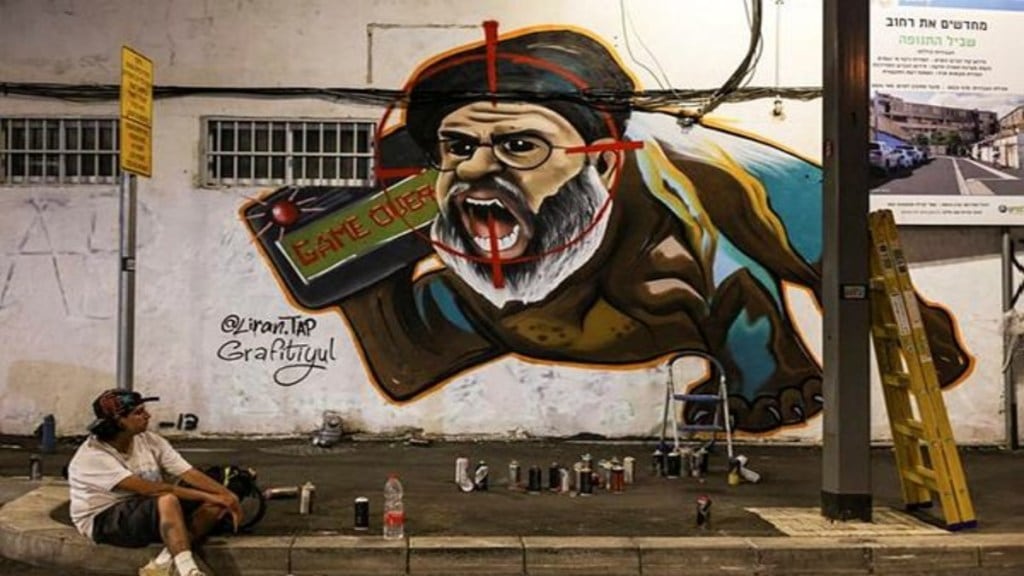In a series of intensified Israeli strikes in Lebanon over the past week, seven high-ranking commanders and officials from the powerful Hezbollah militant group were killed, sending shockwaves across Lebanon and the wider Middle East region. The most prominent casualty was the group’s leader, Hassan Nasrallah, marking a significant escalation in the ongoing conflict between Israel and Hezbollah.
Hassan Nasrallah
Nasrallah, who had led Hezbollah since 1992, played a pivotal role in shaping the group into a powerful military and political force in Lebanon. Under his leadership, Hezbollah became a key player in regional conflicts, supporting allies such as Hamas in Gaza and bolstering Syrian President Bashar Assad during the civil war in Syria. Nasrallah’s killing in a series of airstrikes in southern Beirut dealt a severe blow to Hezbollah.
Nabil Kaouk
Nabil Kaouk, the deputy head of Hezbollah’s Central Council, was another notable figure who was killed in the recent airstrikes. He had been a member of Hezbollah since its early days in the 1980s and was seen as a potential successor to Nasrallah. Kaouk had served as Hezbollah’s military commander in south Lebanon for over a decade.
Ibrahim Akil and Ahmad Wehbe
Ibrahim Akil, a top commander who led Hezbollah’s elite Radwan Forces, and Ahmad Wehbe, a fellow commander in the same unit, were also among those killed in the airstrikes. Akil, who had been on the US wanted list for years, was involved in several high-profile operations, including the 1983 bombing of the US Embassy in Beirut. Wehbe played a crucial role in developing Hezbollah’s military capabilities.
Ali Karaki, Mohammad Surour, and Ibrahim Kobeissi
Ali Karaki, who led Hezbollah’s southern front, Mohammad Surour, the head of Hezbollah’s drone unit, and Ibrahim Kobeissi, who led the group’s missile unit, were three other high-ranking officials killed in action. Karaki and Surour had significant roles in the ongoing conflict with Israel, while Kobeissi was known for planning the kidnapping and murder of Israeli soldiers in 2000.
Remaining Leaders
With the loss of key members, including Nasrallah, Hezbollah’s second-in-command Naim Kassem and Hashim Safieddine, who heads Hezbollah’s central council, are among the senior members left in the organization. Kassem has been Hezbollah’s deputy leader since 1991 and is involved in various aspects of the group’s operations. Safieddine, a cousin of Nasrallah, is considered a possible successor to the late leader.
Talal Hamieh and Abu Ali Reda are two other top commanders from Hezbollah who are still alive and reportedly targeted by the Israeli military.
The recent wave of Israeli strikes and the killing of these high-ranking Hezbollah officials have not only dealt a significant blow to the militant group but have also raised concerns about the escalating conflict in the region. As Lebanon and the Middle East grapple with the aftermath of these targeted killings, the future of Hezbollah and its leadership remains uncertain.
(With agency inputs)

